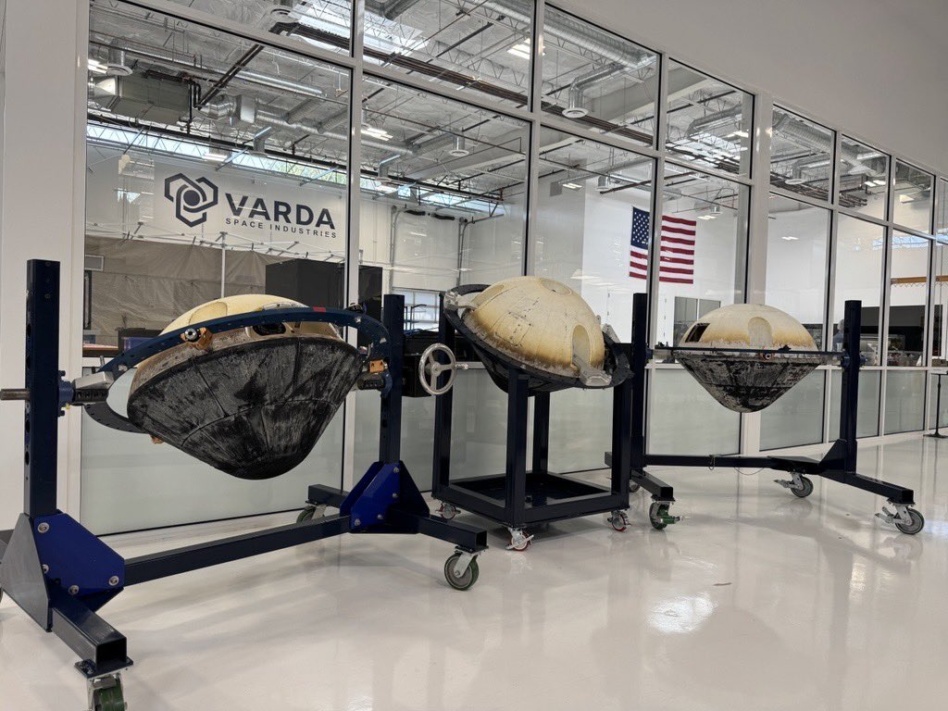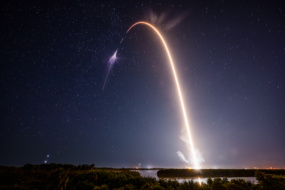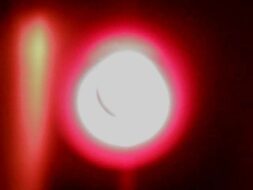Varda Space Industries closed a $187M Series C yesterday, bringing the company’s total capital raised to $329M. The new funds will support the company’s pharmaceutical dreams, and help ramp up the flight cadence of its reentry vehicle in pursuit of a one-flight-per-day future.
Natural Capital and Shrug Capital led the round, which included participation from Founders Fund, Peter Thiel, Lux Capital, Khosla Ventures, Caffeinated Capital, and Also Capital.
In the wake of the fundraise, Payload sat down with Will Bruey, Varda’s CEO, to discuss how the new funds will be put to use, and how Varda plans to grow its capabilities in the near- and long-term.
This transcript has been edited for length and clarity.
$187M more than doubles your total funding to date. How does this funding round change what Varda is able to accomplish?
Less than you think, actually, because this round of funding is really the growth round, and it’s about scaling up what we’ve already done. What that means is, in short, more space flights and more drugs on board.
We’ve got a new building right down the street that’s exclusively for our pharmaceutical lab, and that lab is intended to both screen and then formulate drugs designed for microgravity, so that they’re all ready to go in time to get to the launch pad. But the long-term vision really hasn’t changed at all.
The key metric of success at Varda is cadence. The more we fly, the more money we make, the more drugs that we bring back for patients. We want to be doing this at least once a day.
Your reentry tech enables two different business models: orbital laboratories, and a hypersonic test platform. Can you explain which of these is the main driver of revenue, and how that might change in the future?
As far as revenue goes, you can think of our path as hypersonic testing pays on a per-flight basis, whereas pharmaceuticals pay on a formulation basis—and with royalties, where Varda takes in revenue on a per-drug basis. That’s more in the future, whereas the hypersonic testbed is more on a per-flight basis today.
There’s a third line of business as well, which is essentially the equivalent of any microgravity research. We can do that in much the same way the International Space Station does, except we have some benefits in that we don’t have to have humans on board, so, we’re actually much cheaper for the taxpayer.
When you see other reentry companies coming online, like ATMOS Space Cargo, The Exploration Company, and Outpost Space, what about Varda’s approach is unique and gives you a strong position in the future?
I think the thing that makes Varda most unique is that we have flown vehicles.
What does the roadmap to selling the biologics you’re developing in space look like?
Our goal is to have a drug in a human body before the decade is out. A lot of our job is identifying which drugs make sense to take to microgravity, because everyone is a candidate at first.
We have a portfolio management team at Varda that identifies drug opportunities, does the screening on them, determines the gravity’s impact on the formulation, makes sure that that formulation is actually an improvement, and checks all the boxes of everything from IP landscape to patient experience to cost. And that’s a lot of what we’re doing in our new pharma lab: the testing and screening to create that list of microgravity enabled formulations. Then our formulation team takes those opportunities, creates a microgravity formulation, sets up the payload, and flies it in the reentry vehicle.
Most of the time is actually just traditional drug development. It can take over a decade for a terrestrial drug to go from idea, until it’s on the market. And so, adding the space component is actually not that big of additional activation energy into that whole system.
Tell me about the long term vision for Varda. What are you cooking up behind the scenes that might change the game five to ten years down the line?
If you think about launch cadence going up, and cost of going to space coming down, the route is now playing less of a part in the total cost of developing the drug.
The customer cares more about cadence, so we see ourselves scaling in numbers. We want to produce a lot of these capsules so we can develop a lot of drugs, and a lot of batches. The key metric of success at Varda is cadence. The first part to realize about our future is that we’re building an armada—not a Death Star.
Point two is that microgravity is a commodity. So as much as I’d love to have a monopoly on a fundamental force of physics, it will be temporary. Anyone could go to space and float around. We have first mover advantage—terrific—but where we create moats are with that application layer; with the drugs, not with the spacecraft, per se. You’ll see more and more spacecraft, and we will be competing on our application of microgravity manufacturing more so than on the spacecraft.
If you live in Kansas, when the International Space Station flies over, it’s closer to you than the ocean. But everyone in Kansas feels like the ocean is closer, because the ocean is part of the day-to-day economy. Our kids are going to think about outer space more like the ocean than some far-away place, which is kind of romantic in the sense that the future of humanity actually has the stars coming to us rather than us going to the stars. So that’s going to be a mindset shift in the generation. And then last but not least, is that eventually this will be boring.




